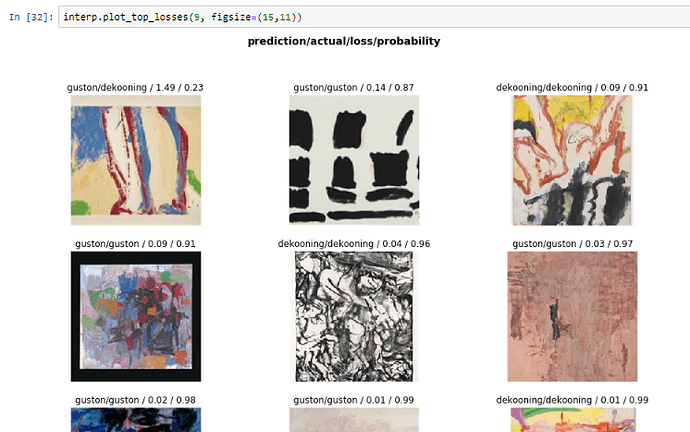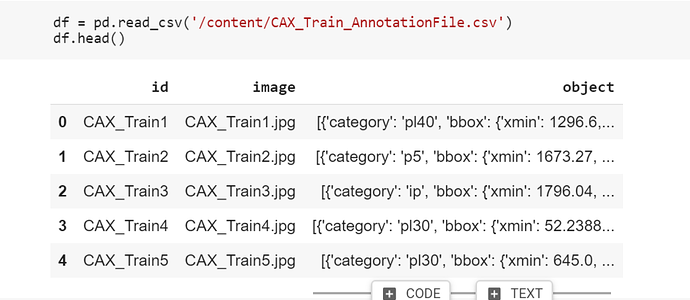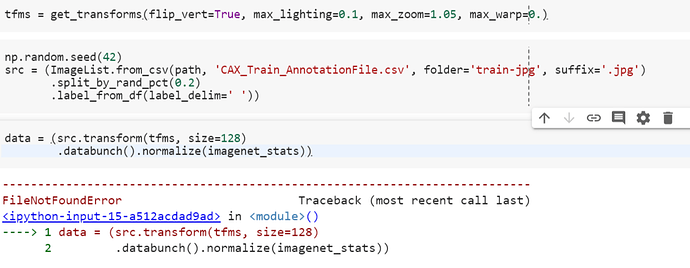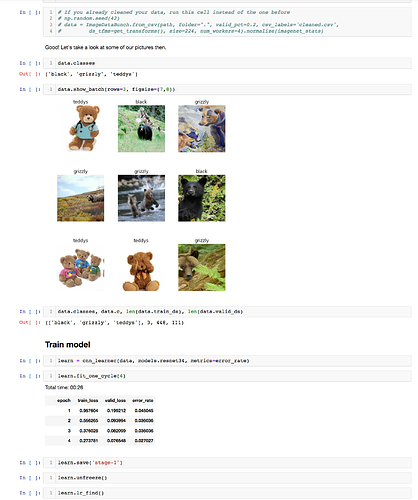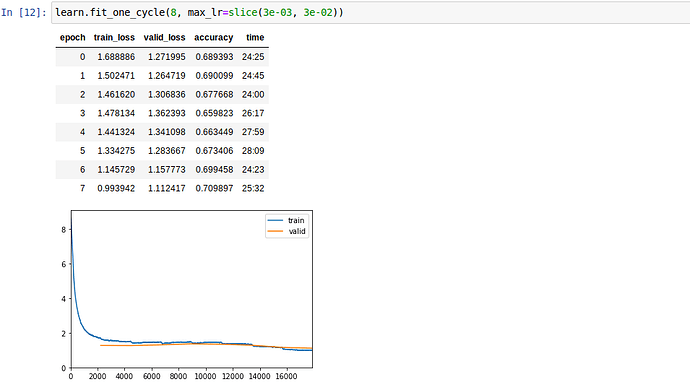I am starting this course, i hope i will understand it well and learn alot.
Hi utsabqwerty
Welcome.
mrfabulous1 

Hi Everyone,
Just starting with the first part today, looking forward to learning a lot of cool stuff.
Doing Andrew’s course before this definitely helps… that said I am taking much longer and multiple iterations. My aim is to understand it well and not necessarily to create my own library but knowing how stuff is done gives the edge for sure.
Lesson 4 is heavy  even after going through the entire course last year
even after going through the entire course last year 
Really beginner question here on working with the notebook. If I’m half way through it, does the state training state of the notebook gets saved when I shutdown my instance of the machine? Or would I have to start from scratch and run the entire notebook the next time I start up the instance again?
In response to previous post - I was able to get the dataset working.
The idea was to take 140 images each of Philip Guston / Willem DeKooning works and test them. It came out quite accurate. Curious to see what the community has to say.
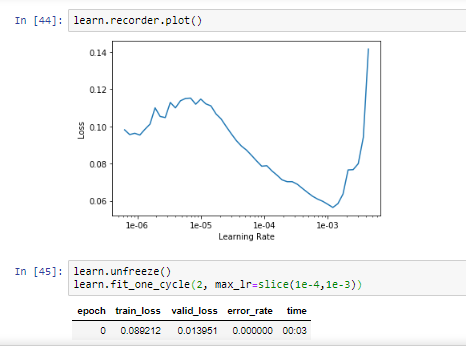
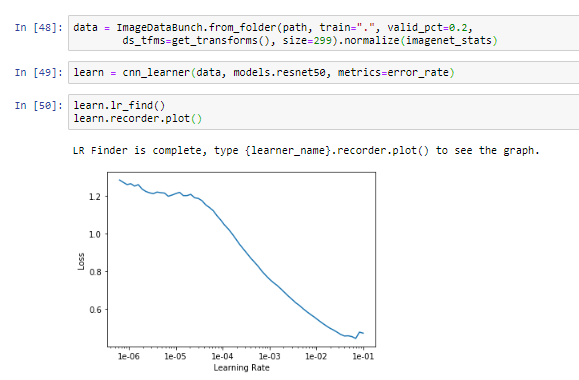
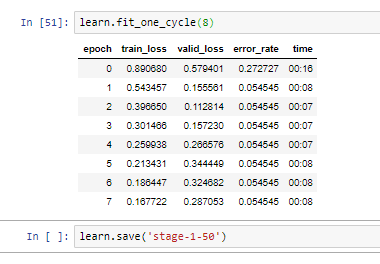
Hey there, Jeremy & all.
I shall like to know about ImageDataBunch.
Specifically, a new competition has opened at CrowdAnalytix, for detection of Traffic signs.
The annotation file, which is a CSV file, gives 3 columns: “id”, “image” and “Object”.
“image” column contains data in the format of “CAX_Train1.jpg” and so on.
I want to know how to load the images and create a dataBunch to insert this data into a resnet model?
I shall be obliged if someone walks me through with a hands-on example of this specific case.
Regards.
P.S: This is probably the one thing which keeps me awake at nights: How to extract images from a csv file and create an imageDataBunch for Resnet Transfer learning.
I have question regarding the rossmann model.
Would it be possible, to change the model in a way, to predict sales for a new store, that has not been given in the training data? If so, how would one accomplish that.
Any help is more than welcome!
Hello everyone - I would like to post a question on the forum? Really sorry but I cannot see how to do this. Thanks in advance!
Hi @aruland1987, I don’t remember if you need at least few interactions in the forum, before you can post something.
In any case just try this:
- got to https://forums.fast.ai/c/part1-v3
- on the top right corner you see this button:

Ok, I think that’s all 
I have been watching the old “Intro to Machine Learning” course and have already finished the “Practical Deep Learning for Coders”, and I wanted to know if there is the concept of “Feature Importance” and “Partial Dependence” when using tabular learner as opposed to a Random Forest model.
How to create a new topic here. I was trying SGD from lesson 2 of part 1 and I am getting this error in loss.backward():
RuntimeError: element 0 of tensors does not require grad and does not have a grad_fn
hi i have started Practical Deep Learning for Coders, v3 part 1 and i tried exact code as from github that was linked to the course video and i am facing error. I have gt1050 2gb graphics card and error code displays as CUDA out of memory is gpu is not sufficient or anyother problem am attaching the screenshot of that error code plz reply ASAP and hope to get reply from anyone …fast.ai lecture 1 image classification - Jupyter Notebook.pdf (115.8 KB)
HI Akhilessh hope all is well!
I don’t have a GPU but the the first two lessons do not need one.
I remember from the video that Jeremy has a 8gb or 11Gb card.
I would suggest reducing the batch size to 1, 2, 4 etc to see if this helps.
hopefully someone who owns their own GPU can help you further.
cheers mrfabulous1 

i have tried to reduce the batch size to 2 and i also have 8gb but i got the same result anyways thanks for the advice hope to solve the issue ASAP Thanks for response@mrfabulos1
i have solved the issue in the batch size i have reduced it from 64 to 16 and it worked so if any facing any issue regarding the cuda has no memory try to change bs=16 if u have low memory
Can someone tell me how to post questions as in make new post? I’m guessing that it is disabled till I make some replies or something like that.
Coming to the actual question, I had some issues with Mixed Precision Training. Everything seems to work fine, though the speed gains are marginal, I can effectively double the batch size. I’m having problems on selecting a good learning rate using the lr_finder. Am using suggested value using suggesation=True but it overfits by a huge margin, taking multiplying the value with 0.01 seems to be doing good it just overfits a bit but it’s more or less guess and check. What is the correct way to choose lr when training with mixed precision
I’m working on ImageNet data, 80/20 test/validation split using 4 GTX 2080ti with a size=224 and batch size=512 using SGD. fastai version 1.0.60dev and pytorch verion=1.3.0. Below are the pics for lr divided by 100
Hi
Regarding lesson 5 (Movie rating): the loss function is set to RMSE between an int (the rating), and a float (network result). Is it possible to add a round mechanism at the end of the network? or alternatively define an activation function that looks like stairs (continuous input, semi discrete output)?
Thanks,
Ohad
I’ve just started this course and am going through lesson one. I’m noticing some inconsistencies, for example, in the training resnet34 section my notebook has “create_cnn” as the code but the video shows “ConvLearner”. I also have a “learn.model” piece of code in my notebook but the video doesn’t show that.
I’m a complete beginner, so pardon my ignorance, but why is the notebook different from the video?
